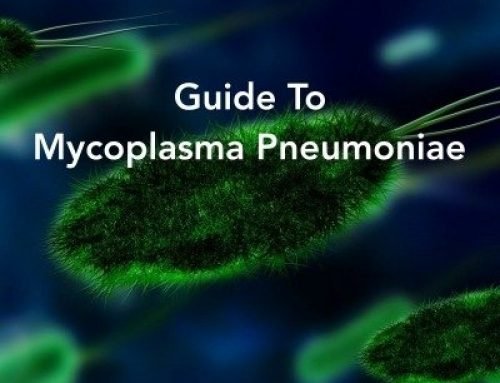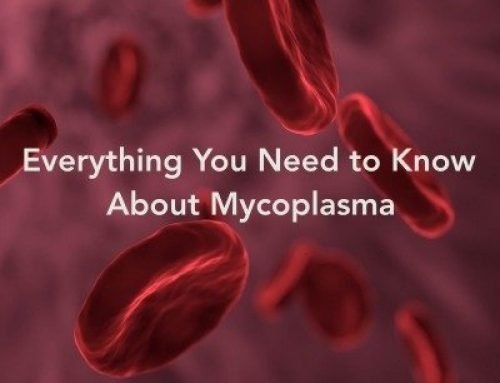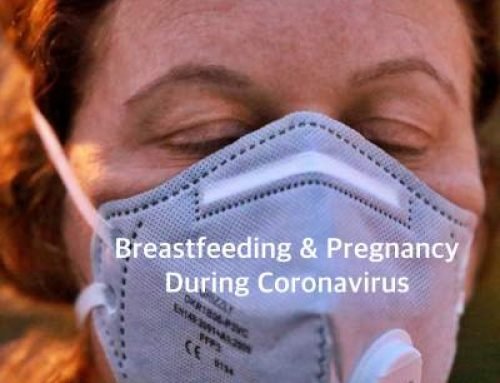How to Deal with Erectile Dysfunction
Erectile dysfunction or impotence is the incapacity to get or maintain a firm-enough erection in order to have sexual intercourse. From time to time, it is not uncommon for men to experience occasional impotence due to underlying causes like stress, emotional or other type of problems in a relationship, and some health issues requiring adequate treatment. Impotence is diagnosed when the individual has been experiencing the following symptoms for more than two months, i.e. frequent difficulty to get an erection and keep it and a significantly lower interest in sex.
How Is an Erection Caused?
When the flow of blood in the penis elevates, an erection is triggered. This can happen by sexual thoughts or contact with the penis. Sexual excitement in men leads to relaxed muscles in the penis and this enables an elevated blood flow through the arteries. As the blood enters the chambers in the penis, it becomes firmer. The erection ceases upon the contraction of the muscles and when the blood goes out through the veins in the penis.
The Process of Diagnosis
Men are encouraged to consult their physician if they experience any type of complications with their erection. The physician or specialist will ask from the patient to explain all their symptoms and will also take a look at their health history. He/she will perform a physical exam, order blood and urine tests, and examine the penis and testicles. Rectal exam may also be suggested so that the prostate can be checked out.
Possible Underlying Causes of Erectile Dysfunction
- Endocrine diseases like diabetes
- Nerve and neurological issues like Alzheimer’s, Parkinson’s, strokes, brain tumors, and multiple sclerosis
- Specific medications like beta-blockers, chemo drugs, diuretics, synthetic hormones, etc.
- Cardiovascular issues like atherosclerosis as well as hypertension and high levels of bad cholesterol
- Emotional disorders like depression and anxiety
- Unhealthy lifestyle consisted of excessive consumption of alcohol or other type of substance abuse
What Are Your Treatment Options?
Nowadays, there are a various medical options that are offered as a treatment of erectile dysfunction. One such option is prescribed meds like Viagra and Levitra. When they fail to improve the issue, blood vessel surgery and psychological counseling may be recommended. A lot of advocates of natural medicine claim that acupuncture, ginseng, and pomegranate juice can be of great aid in treating impotence as well.
In order to increase the chance for a successful treatment, the individual diagnosed with erectile dysfunction will be advised by their doctor to make some important adjustments in their lifestyle, i.e. cease smoking if they are smokers, minimize the intake of alcoholic beverages, find adequate ways to strengthen the communication in their romantic relationship, manage anxiety, introduce healthier foods to their diet, and be more physically active.
An Alternative Approach to Erectile Dysfunction
The prescribed medications for the treatment of erectile dysfunction often come with unpleasant side effects and this is why a lot of experts put forward yoga as a drug-free method to help the body and mind relax and reverse the impotence. This claim is also backed up by a study done on sexual function and yoga and the results showed that, after 3 months of doing yoga, there was a significant enhancement in the sexual score in men who were at the average age of forty.
The most interesting aspect of this study is the fact that there was not improvement solely in the quality of erection, but improved desire, performance, orgasm, control of ejaculation, and overall satisfaction from the intercourse too. Therefore, if you happen to suffer from impotence, it is a great idea to take a look at these 5 yoga poses that may be the solution you were looking for.
The Best Yoga Poses against Impotence
- Seated forward bend
This pose will relax the pelvic muscles from prolonged sitting and better the blood flow. Additionally, it will work on calming you down and alleviating mild depressive mood. First, you need to sit down on the mat and put the legs in front of you. Begin rocking the body slowly to the left and with the hand, gently pull the right sit bone away. Do the same on the other side too. Then, breathe in and lean in forward and lengthen the tailbone while reaching the floor. If possible, hold the feet with the hands and completely prolong the elbows. Remain in the pose for 1 to 3 minutes and make sure to focus on proper inhaling and exhaling. With time and practice, you will be able to reach the hands beyond the feet.
- Standing forward bend
While in standing position, place both hands on the hips and breathe out and bend the torso forwards from the hips. Do not just fold over, but make sure you try and lengthen the torso as much as you can. If possible, place the fingers onto the floor in front of the feet and do not bend the knees. Soft bending is alright for beginners. Those who cannot yet reach the floor with the fingers should cross the forearms and hold onto the elbows. Relax for 30 seconds in this position and then breathe out and gradually lift the torso and lengthen the body. While in the position, if you are able to nod “yes” and “no”, then your neck and head are adequately relaxed.
- Butterfly pose
This pose is good for the prostate gland, the kidneys, the abdominal organs, and the bladder. While sitting on the mat, the legs need to be extended forward and the pelvis needs to be raised on a pillow or a blanket for additional comfort. Afterwards, exhale and bend the knees and gently pull the heels towards the pelvis one by one. Next, drop the knees to the left or right side and press the feet bottoms together. Hold the big toes with the first and second fingers or put the arms behind you, making sure the fingers are pointed toward what is behind you. Hold the pose from one to five minutes. Focus on the breathing and relax.
- Hand-to-knee pose
This pose should be done in the morning, preferably before breakfast. It can enhance the blood flow in the groin area and lower abdomen. While in a sitting position on the mat, extend the legs in front of the bend and while breathing in, flex the knees and bring the heel to the pelvis. Rest the sole against the thigh and release the knee to the floor. Breathe in and elevate the hands and then breathe out and lean forward the extended leg. Put the chin to the knee and clasp the hands around the foot. Remain in this position for one to three minutes and then inhale and go the primary pose.
- Bow pose
This position is highly recommendable for the reproductive organs and for a better blood movement. Lie down on your stomach while the feet are hip-width apart while the arms are at the body’s sides. Elevate the legs behind and in the same time raise the upper part of the body. Try reaching the ankles with the hands. When you achieve this, pull the legs up and back while the chest is lifted from the floor. Remain in the position for 30 seconds and then breathe out and go to the primary position.




Leave A Comment